Hirth Two Stroke Engines
“What engine should I use?” That’s the first question most rotorcraft builders ask—right after “Honey, can I build a rotorcraft?” The possibilities are many. Two-cycle? Four-cycle? Water-cooled? Fuel injected? Rotax? Subaru? Volkswagen? McCulloch? Hirth Engine?… Hirth!
Here’s an engine that Matt Dandar suggests you take a closer look at. Not just because he’s the importer and North American distributor for Hirth engines, but because he believes in this engine and its performance.
“Years ago,” explained Dandar, “I had a customer who wanted to try a Hirth in place of the Rotax that was normally used on his plane. I had never even heard of a Hirth. After we got it going, I couldn’t believe the difference”.
It was smoother, had more power, cruised at lower rpms and weighed less than the 503. It’s not just another two-cycle. I was so impressed I decided then and there to get involved with marketing Hirth. Here was a tremendous engine available to us and nobody knew about it.
The Hirth engine has a history dating back to 1917, first making gears and then crankshafts. Dandar explained that in the 1930’s when Germany was building up its military capabilities, Hirth started making aircraft engines. Some of the Luftwaffe had Hirth four-cycle aircraft engines.
After the war, Germany wasn’t allowed to build aircraft for awhile, so Hirth had to find new markets. Eventually, Hirth found a niche making two-cycle snowmobile engines in the 60’s and 70’s, but the 1972 oil crisis dropped the bottom out of this market. It was then that Hirth was bought out by Gobler (the company is now called Gobler-Hirthmotoren).
Gobler, the new owner, made the decision to combine what Hirth learned from its aircraft days with what it had learned in the two-cycle industry for the express purpose of building two-cycle aircraft engines. As one can imagine, this didn’t happen overnight. Dandar explained that Gobler-Hirth didn’t start selling these aircraft engines until the mid 80’s.
“None of the engines we sell now have any similarities with the old snowmobile engines, although some of them look similar,” said Dandar. “It’s been a long road, but they’ve learned much over time and they’ve improved them every step of the way.”
Dandar admits that the Hirth engine has had a slow start breaking into the rotorcraft market. “I think the primary reason that Hirth might have a tainted reputation in the rotorcraft industry is because of a problem the engine had over ten years ago,” explained Dandar.
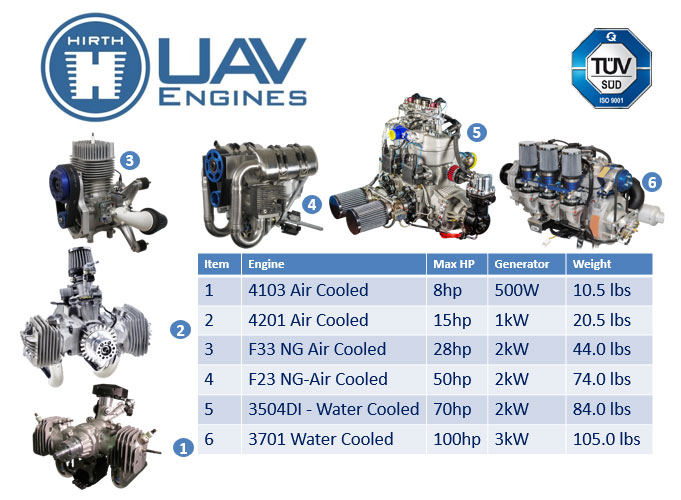
“Our optional fan cooling on the F-30 was not available then. The engine was available only in a free air-cooled version. It was primarily designed to be used in tractor prop aircraft where the propeller cools it. Without the benefit of fan cooling, it was just a matter of time before it overheated and burned the engine up when it was used in a pusher configuration. Hirth developed fan cooling for the F-30 4 years ago.”
Dandar says the Hirth engine produced today is not the Hirth engine of a decade ago. The Hirth has gone through many, many changes.
“We feel that we now have reliability in line with any non-certified four-cycle engine on the market.” According to Dandar, Hirth’s specific Hirth engine design features are what make it more reliable: chromoly crank, Nikasil cylinders and special piston porting, features Dandar says “really add up to high reliability”.
Hirth Engine Design Features
“Every Hirth engine has a chromoly crank shaft and Nikasil cylinders,” he said. “Normally you would never find a chromoly crank in a two-cycle unless it was specially built for racing”.
“Every crankshaft is hand-assembled and balanced. They are not mass-produced. This is why a Hirth engine runs so much smoother than most two-cycles on the market. All multi cylinder engines use a five-bearing crank”.
“The bearings are C-3 Grade and the seals are Viton tipped. All these components are expensive But well worth the cost for better reliability and longevity.” All Hirth engines use Nikasil cylinders. Nikasil cylinders, according to Dandar, eliminate the need for water-cooling, thus increasing reliability and reducing weight.
“The Nikasil cylinder dissipates heat efficiently and expands at the same rate as the piston,” he explained. “A steel sleeve cylinder engine does not dissipate heat as efficiently as Nikasil and expands at a slower rate than the aluminum piston inside it”.
“With a Nikasil cylinder engine, the piston and the cylinder expand at the same rate which allows it to withstand several hundred degrees more temperature than a steel sleeve engine without seizing”.
“We normally operate Hirth engines about a hundred degrees hotter than the average steel-sleeve engine, both EGT and CHT, which results in much better fuel economy, better performance and a much cleaner burn which leaves less carbon in the engine.”
The special piston porting and combustion chamber on the Hirth are designed for a linear torque curve with more torque in the mid-range than is normally found in two cycle – resulting in a lower cruise rpm.
“For propellers, this is exactly what you need,” said Dandar. “Propellers are a linear load and you need a linear torque curve. Most two-cycles are designed to be used with some sort of centrifugal clutch. They purposely design their torque curve to come up high in the RPM range, which makes them wind up quick”.
“When you throttle back a Hirth engine to cruise, they do not have enough torque in the mid-range to hold a constant RPM, which generally means most people pitch their propellers and gear their engines to cruise at a higher RPM”.
“Hirth engines generally cruise anywhere from 500 RPM, and in some cases, 1500 RPM less than other similar Hp two-cycle engines on the market-this is at the same airspeed and same amount of thrust. This allows for much quieter operation, much less fuel burn, less vibration and much less engine wear.”
All these design features add up to not only increased reliability, but also a 1000-hour rated TBO to boot. “A lot of people don’t believe this, but many Hirth engines do go 1000Hrs and beyond,” said Dandar.
“The reason Hirth can recommend a 1000-hour TBO is because of the high quality crankshaft and the Nikasil cylinders. The crank will definitely go a thousand hours and the Nikasil cylinders just don’t wear”.
As a steel sleeve cylinder wears, it becomes egg-shaped and allows the piston to turn slightly and that makes the piston wear out faster. A Nikasil cylinder will hold its original shape throughout the life of the engine, and at rebuild time, you will usually use that cylinder over.
Not one to brag, Dandar points out that the Hirth 2702 (40hp) and 2704 (50hp) models have never had a crankshaft failure of any type. “We haven’t had a crank shaft failure of any Hirth engine under warranty for the last three years,” he explained. “In fact, the crank shafts have gotten to the point where now we can offer a three-year pro-rated warranty on crank shafts.”
The ignition system on a Hirth is not the norm either. Dandar explained that Hirth spent four years of research and development time developing its ignition. What they came up with was a dual CDI ignition.
But instead of a capacitive discharge ignition, it’s a capacitive digital ignition, meaning there are electronic chips, one for the left and one for the right. These electronic chips allow the ignition to start the engine five degrees before top dead center; idle at ten degrees; and linearly advance up to 18 degrees before top dead center at full power.
By having this type of digital control, you can make the Hirth engine start easier, run smoother and perform better throughout the entire RPM band, including at low idle RPM, said Dandar.
This ignition, even though it’s electronic, does not need a battery. It is immune to radio interference. Voltage at the plug is 40,000 volts, thus no more fouling.
“To our knowledge, this is the only ignition system that we know of on the market for a non-certified engine that is designed specifically for aircraft use,” Dandar pointed out.
Hirth also came out with an optional electronic fuel injection system for the F-30 model, its four-cylinder engine. Carburetors are still available, but Dandar says the fuel injection has some nice attributes.
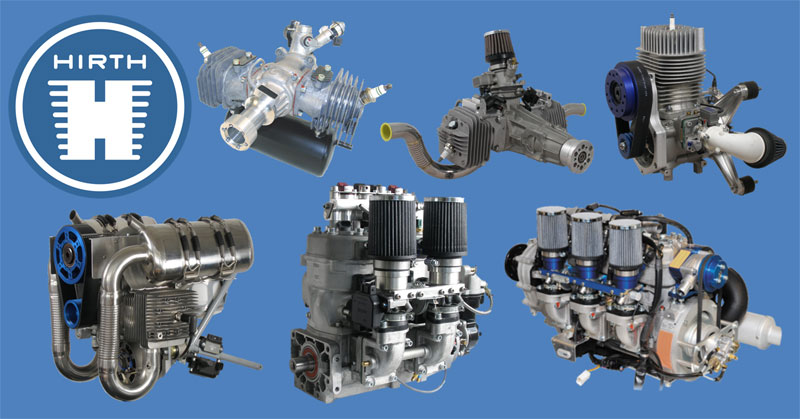
“It is immune to carb ice,” he said. “It has sensors that read altitude, air temperature, engine temperature, engine RPM and throttle position. From those five variables, the microprocessor on board constantly monitors and corrects the mixture so that it is optimum at all power settings.”
“With fuel injection, it will be almost impossible to overheat the engine. The engines are 30 percent more efficient with fuel injection. It also eliminates the problem of tuning the carburetors and problems with altitude and different temperature days.”
The fuel injection is going to be available on the 2706 (65hp) model this summer and then subsequently on the smaller horsepower engines throughout the rest of this year. Adapting the Hirth engine for helicopters has posed a special challenge for Hirth.
Both American Sportscopter and the Dragon Fly Company in Italy use the Hirth F-30 engine, but both companies have had to modify the engine to handle the special power loads of a helicopter.
But because the helicopter market seems to be increasing so fast, Hirth decided to build a second version of the F-30 just for helicopters. This engine will be available in February and Dandar feels confident it will meet the special needs of helicopters.
“The helicopter version has a special oil injection pump that is designed to add oil as needed, not according to throttle position, but according to rpm,” he explained.
“It will also have a special exhaust, different ignition system and a special program for the fuel injection. All these systems are normally designed to give a linear torque curve from 2,000 to 6,000rpm for a propeller. Helicopters could care less about that. They are always at 6,000 Rpm.
The helicopter version engines will be specially modified for the special power requirements of helicopters. “Our goal is for helicopter manufactures to no longer have to modify engines to make them suitable for their application,” said Dandar. Despite all the virtues of Hirth’s two-cycle engines, haven’t we always heard that a four-cycle engine is more reliable? Not necessarily!
“The two-cycle engine is undeniably superior to the four-stroke in performance, weight, simplicity and cost to build,” said Dandar. “But because of the two-cycle’s history of seizures, broken cranks, etc, this made their reliability factor a problem. For years now you’ve seen one company after another attempting to develop four-cycle engines to replace a two-cycle.”
Regardless if they are more reliable or not, they are always heavier. Having a machine that is under powered and overweight is just as dangerous as having a machine that might have the engine quit at any time. It is unlikely that there will ever be a four-cycle that can compare to a two-cycle in power to weight ratio.”
Two-cycles over the past 50 years have not had near the research and development that four-cycles have had. With enough research and development, Dandar says it is entirely possible that two-cycles can not only be as reliable, but more reliable than a four-cycle. It has fewer moving parts and much less to go wrong.
Hirth could have made the decision years ago to develop a four-cycle engine, but they instead decided to improve the two-cycle. Hirth feels this is really where the sport aviation market is going to be going.
In fact, Dandar goes as far to say that the two-cycle engine is the future of sport aviation. “If I want to predict what the future of sport aviation will be in 15 years, I’d have to say that almost everybody will be flying two-cycle engines on light aircraft.” EDITOR: please note this article was written in 1999! Ummm….!
After hearing what Hirth has put into its engines, you might be assuming the cost of these engines to be on the pricey side, but be sure to compare apples to apples and oranges to oranges.
“It’s more expensive to build an engine like ours,” said Dandar. “We are more expensive, there’s no doubt about it. But we have double and sometimes triple the warranty, and we have triple the TBO time. In the long run, I think the extra money is well justified.”
Dandar noted that since there have been increased sales of the Hirth engine to the U.S., the cost of importing the engines has gone down with volume. Officials of Gobler-Hirthmotoren recently agreed to pass on these savings directly to the consumer.
In addition, the standard Hirth engine warranty has been expanded, too. The one-year warranty against defective parts remains, but will now include piston seizure coverage as well. Hirth will also warrant the crankshaft on a prorated basis for three years.
Excluded from the new warranty are the F-36 15 hp and engines used on helicopters. Dandar invites those interested in trying a Hirth on a rotorcraft to call and talk to him about it.
“To simply listen to past rumors of things that happened ten or twelve years ago, you’re selling yourself short,” said Dandar. “The only way to truly asses the engines is to try them. OEM pricing is available to aircraft manufacturers.”
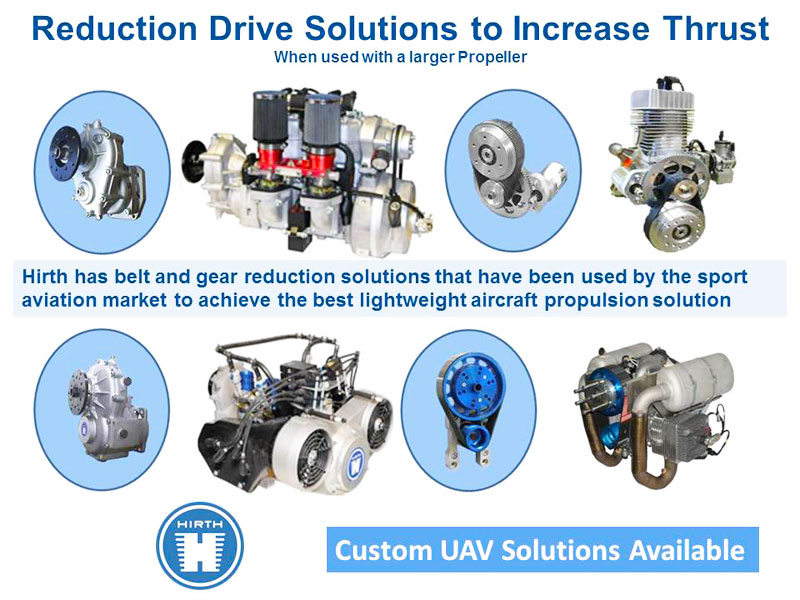
Dandar flies a Rans S-12, two-seater, and yes, he uses a Hirth engine on it. In fact he says he has run several Hirth models on that plane to get actual flying experience with the different engines. This summer, he will put the fuel-injected F-30 on it. Matt Dandar is the president of Recreational Power Engineering – web site: www.recpower.com.
COURTESY: Popular Rotorcraft Association – visit their website here.
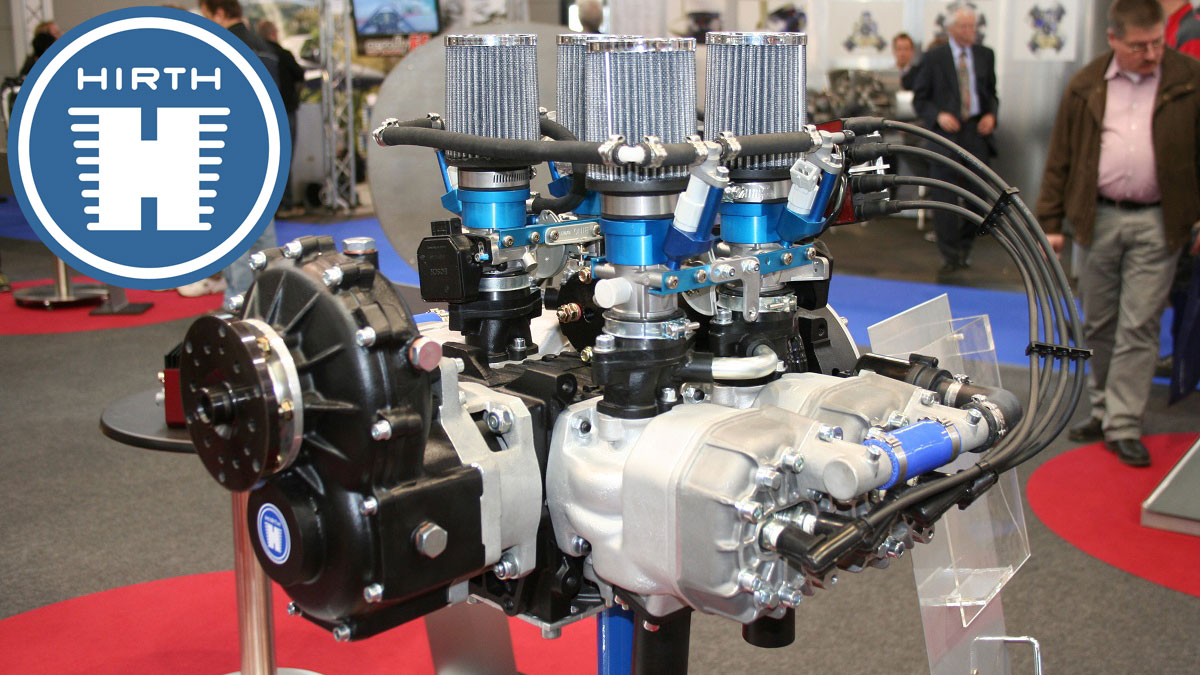
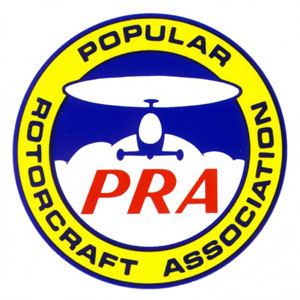

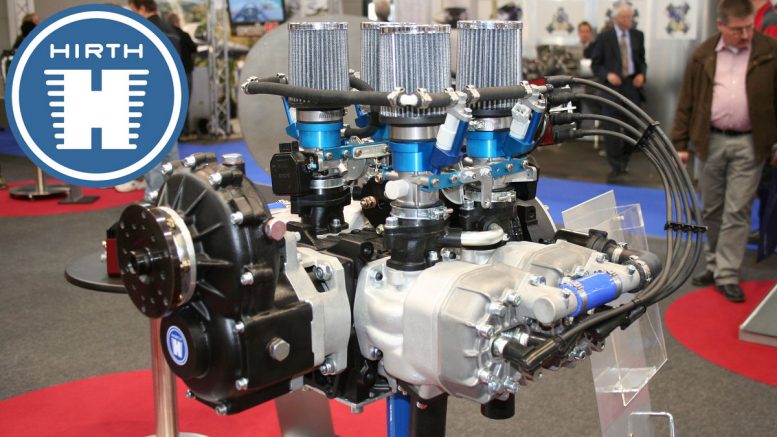
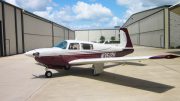
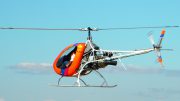
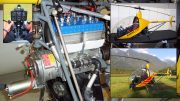
I may have found a typographical error.
It states “When you throttle back a Hirth engine to cruise, they do not have enough torque in the midrange to hold a constant rpm”. This may chase people away from Hirth engines. In reality, their midrange torque sounds very good and could be a selling point if re stated to reflect this.
I am interested in purchasing the 23 for my Eros project. Is fuel injection available for this engine?
Hi Dave, some of these articles refer to older versions of these engines. With new technology and design updates, Hirth has indeed improved their performance across the range. Though it still stands true that on certain models at certain RPM’s, there can be increased vibration – that being said, you can find this scenario on many engines. The Hirth F23 does indeed come with “optional” fuel injection – see here: http://www.hirth-engines.de/index.php/en/ul-aircraft-engines/75-produkte-en/197-en-motor-f23
RPM means revolutions per minute, therefore plural.
RPM,s would mean revolutions per minutes which is nonsense.
I am looking for a Hirth motor to use on my affordaplane , and to transfert after on my futur
Bleu citron, french Wood airplane
I have heard that some of the older model hirth engines were prone to siezing, is the 2706 65hp one of them
Im considering buying a challenger 2 with a 2706 but not familiar with this engine. Any information is appreciated. Thanks
A lot of things have changed over the years, I do recall virtually all aircraft 2 stroke engines having these issues many years ago. Today, there have been many improvements, including the very nice 2 stroke Inntec 800/ARTIC CAT 800 engine used in the Mosquito helicopter. Technologies and manufacturing are always getting better, but! – it is a two stroke that needs to be properly maintained and operated with respect.
http://www.buildagyrocopter.com/two-stoke-engine-powerplant-of-the-future/
https://www.rotaryforum.com/threads/inntec-800-mosquito-engine-rotax-800r-e-tec.43436/